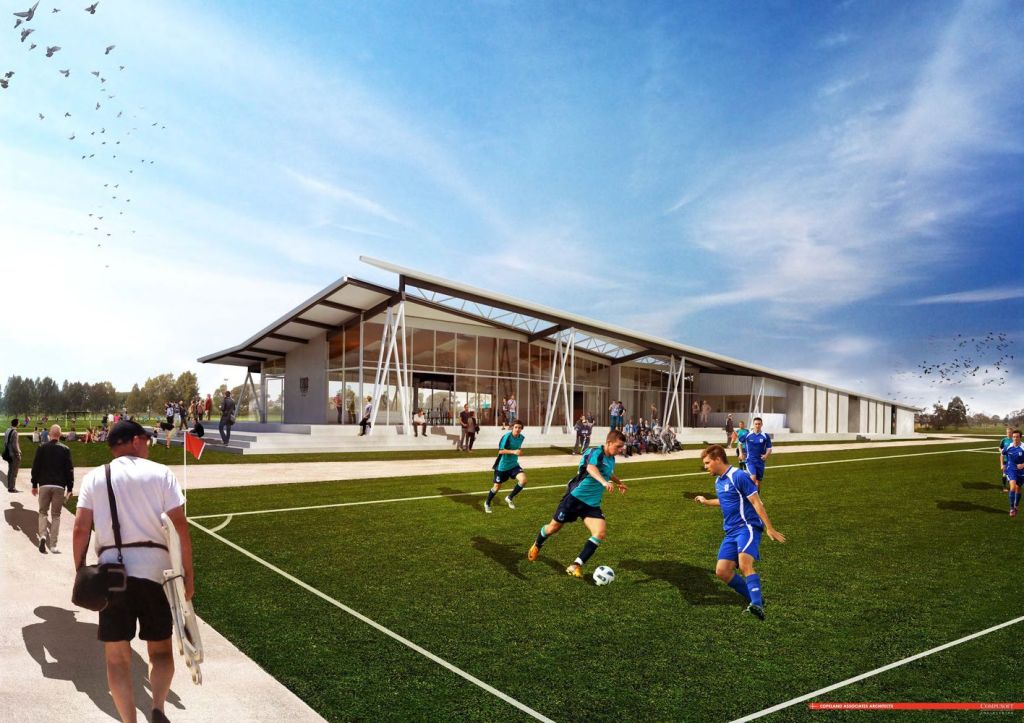Zoning for Sports Facilities and Stadiums: Creating a Thriving Urban Environment
When it comes to locating sports facilities and stadiums in urban areas, proper zoning plays a crucial role in ensuring the success of these venues. Zoning regulations help maintain balance between economic development, community needs, and environmental considerations.
Firstly, zoning helps determine suitable locations for sports facilities by considering factors such as traffic patterns, noise levels, and accessibility. By designating specific zones for recreational purposes, cities can prevent potential conflicts with residential or commercial areas. This allows for the creation of vibrant entertainment districts that enhance the overall urban experience.
Moreover, zoning regulations can encourage sustainable development practices. For instance, incorporating green spaces within stadium designs promotes environmental sustainability while providing residents with recreational opportunities. Additionally, integrating public transportation hubs near sports complexes reduces reliance on private vehicles and minimizes carbon emissions.
Furthermore, zoning guidelines ensure that sports facilities are compatible with surrounding infrastructure. Adequate parking spaces and efficient traffic flow systems are essential to handle large crowds during events without causing inconvenience to local residents or businesses.
Lastly, engaging the community during the zoning process is vital to address concerns and garner support. Public hearings provide an opportunity for stakeholders to voice their opinions regarding proposed developments. Involving local residents early on fosters transparency and cooperation while creating a sense of ownership among citizens.
In conclusion, proper zoning is crucial when planning sports facilities and stadiums in urban environments. It ensures harmonious coexistence with residential areas while promoting sustainable development practices. By involving the community throughout the process, cities can create thriving entertainment districts that benefit both residents and visitors alike.

Leave a comment